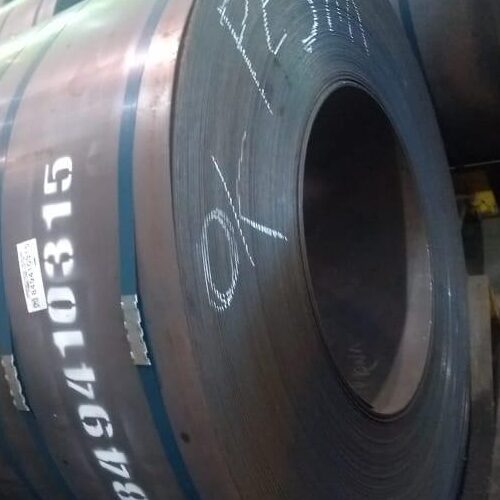BILLETS – COBBLES – SLABS
We set the discipline that applies engineering, physics, engineering mathematics, and materials science principles to design, analyze, manufacture, and maintain mechanical systems.
Brochure
Download our document to see specific data of the service and how we work.
BROCHURE.PDF
3.81M
Let’s Start Work
Together
Please feel free to contact us. We will get back to you with 1-2 business days. Or just call us now.


What Is BILLETS – COBBLES – SLABS ?
Billets, cobbles, and slabs are terms commonly used in the steel industry to refer to different forms of semi-finished steel products. Here’s a brief description of each:

